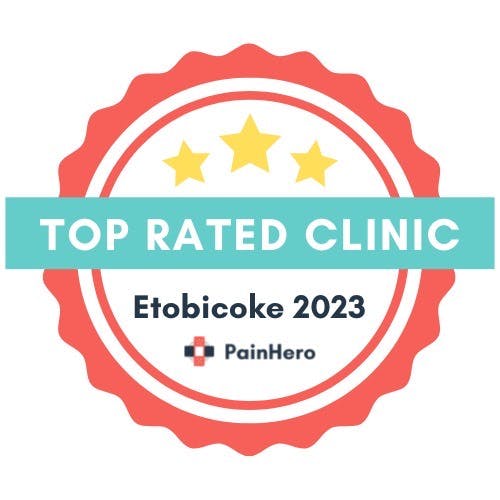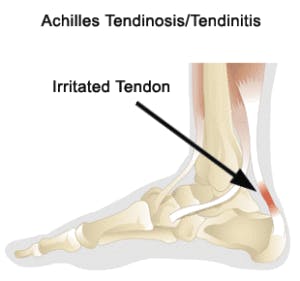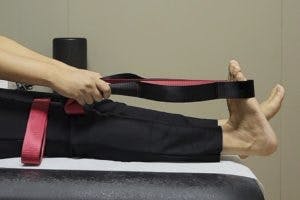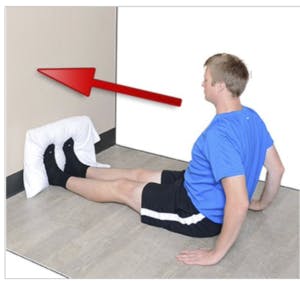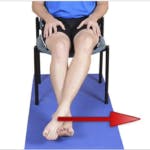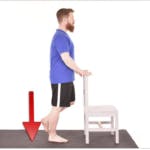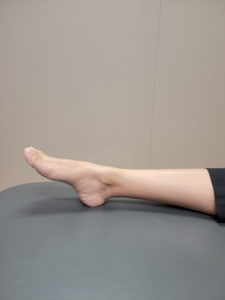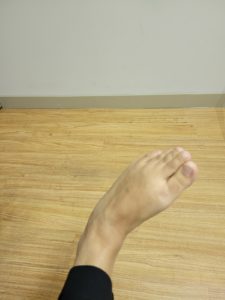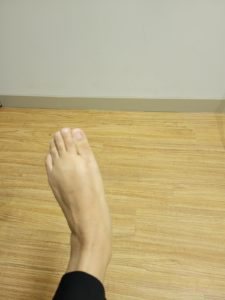Did you know that the top physiotherapy clinic in Vaughan can do wonders for a newly become mother to regain her lost physical and mental health? A physiotherapy is a good option for newly become mothers. Unfortunately, not many know it. Most people associate physiotherapy with post-accident or post-surgery recovery. The post-pregnancy physiotherapy you get at Complete Care Physiotherapy is reliable, affordable, and beneficial. Our expert physiotherapists are in line with the latest methods.
Why post pregnancy physiotherapy is crucial?
A mother’s body undergoes a number of changes throughout pregnancy, including physiological, psychological, and hormonal shifts. Sometimes these alterations progress and cause severe distress even after they have begun to fade after delivery. A mother’s health might be negatively impacted by factors such as lack of sleep, exhaustion, nursing, etc.
Aches and pains in numerous areas of the body are typically brought on by uterine contractions during delivery, incisions, and hormonal changes. A newly become mother needs physiotherapy to help with the severe discomfort she experienced during pregnancy. In the best physiotherapy clinic in Vaughan, one of our expert physiotherapists will assess your condition and design the best physiotherapy treatment.
Benefits of physiotherapy for mothers
As the top physiotherapy clinic in Vaughan, we strongly recommend that newly become mothers go through a basic session. Physiotherapy exercises for the new mother are beneficial for getting back into shape and maintaining an active lifestyle after giving birth. Postpartum physiotherapy focuses on restoring the new mother’s strength and stamina by targeting her core muscles.
The pelvic region endures the most stress during pregnancy and labor. Hence, the workouts created for the postnatal program concentrate on strengthening those muscles. Postpartum physiotherapy often entails a regimen of exercises targeting the pelvic floor and abdominal muscles to regain strength. Weight loss after pregnancy is facilitated by postnatal physiotherapy. Special exercises can help alleviate these issues.
Top physiotherapy exercises
All new mothers should seriously consider these physiotherapeutic procedures performed after giving birth. The top physiotherapy clinic in Vaughan will suggest you the right combination of physiotherapy exercises according to your condition.
Muscles of the pelvic floor
The uterus relies on the strength of the muscles of the pelvic floor. The natural birth process causes these muscles to stretch to four times their normal size. It is not uncommon for them to burst during this procedure. Muscle rehabilitation in the top physiotherapy clinic in Vaughan is necessary because of all these dramatic shifts.
Strengthening the core muscles
The two primary abdominal muscles separate from one another during pregnancy. When you do a certain exercise, you can strengthen and reconnect those muscles that have become weak and disengaged. By consistently engaging in physical activity, the patient’s muscles will eventually thicken and strengthen, allowing them to help repair the separation.
With regard to the skeletal system
Back and pelvic pain is common symptoms for new mothers in the days following delivery. A mother’s head and shoulders are constantly hunched forward while carrying or breastfeeding an infant. The pain can be alleviated with the help of physiotherapy and specific exercises. Visit the top physiotherapy clinic in Vaughan and discuss it with one of our professionals.
Impairment of the bowel and bladder function
To urinate or defecate, the pelvic muscles must contract and relax in a specific pattern. Rupture or distortion of these muscles can result in excruciating pain and impaired function. Physiotherapy is a simple and effective way to treat such problems.
Formalized exercise after giving birth
After giving birth, getting back to one’s pre-pregnancy shape is essential. New mothers need to establish regular exercise and meditation practices in order to stay healthy and up to the challenge of motherhood. If you need more physical strength to complete the task at hand, we welcome you to visit our top physiotherapy clinic in Vaughan. With a homely atmosphere, we take care of you like a family.


